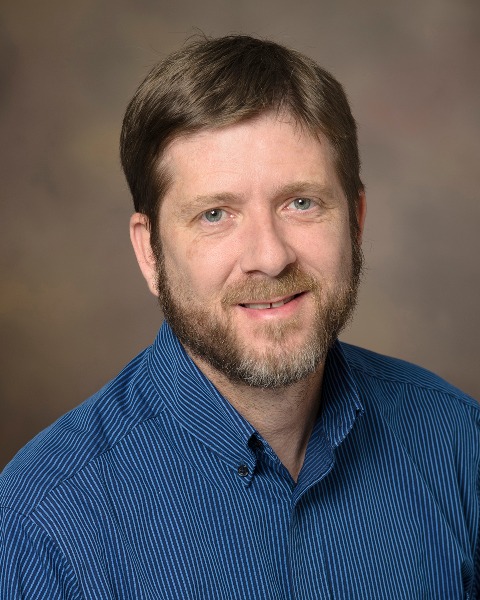Anatomy Education: Clinical Based Approaches Posters
Poster: Anatomy Education: Clinical Based Approaches Posters
131 - Development of Foundational/Applied Integrative Learning Sessions for Histology and Pathology for Pre-Clerkship Medical Students
Monday, March 25, 2024
10:15am - 12:15pm US EDT
Location: Sheraton Hall
Poster Board Number: 131
There are separate poster presentation times for odd and even posters.
Odd poster #s – first hour
Even poster #s – second hour
Co-authors:
There are separate poster presentation times for odd and even posters.
Odd poster #s – first hour
Even poster #s – second hour
Co-authors:
Annah Conn, Ph.D. - Director of Program Evaluation and Student Assessment, UA COM-T Curricular Affairs, University of Arizona College of Medicine, Tucson; Alexisw Elliott, M.D. - Assistant Professor, Pathology, University of Arizona College of Medicine, Tucson; David Nolte, M.D. - Assistant Professor, Pathology, University of Arizona College of Medicine, Tucson; Dale Woolridge, M.D. - Professor, Emergency Medicine, University of Arizona College of Medicine, Tucson; Haley O'Brien, Ph.D. - Associate Head for Education; Associate Professor, Cellular and Molecular Medicine, University of Arizona College of Medicine, Tucson

Lonnie Lybarger, PhD
Associate Professor
University of Arizona College of Medicine, Tucson
Tucson, Arizona, United States
Presenting Author(s)
Abstract Body : As medical education grows to meet increasingly complex learner and practitioner needs, compartmentalization of basic and clinical sciences into separate didactic sessions is becoming less feasible, especially in compressed curricula. The need to develop more integrative sessions has prompted suggestions to move from a basic/clinical dichotomy to a foundational + applied paradigm in preclerkship curriculum design. Striking an effective balance between foundation and application is difficult, requiring attention to competency blueprints and focus on the needs of stakeholders (e.g. students, faculty, community). At the University of Arizona College of Medicine, Tucson, we have identified histology and pathology as ideal test-subjects for development of foundational-to-applied learning sessions. Histology is considered to be an informative basic science for clinical practice, as a direct practical skill in clinical pathology, and as a vital learning tool for disease etiologies. In addition, many preclerkship medical students do not have exposure to histology prior to matriculation and may therefore find the subject challenging or aversive. Rapid translation from foundational information to clinical applications may help alleviate aversion and incentivize engagement. To shift histology content to a foundational/applied modality, we combined formerly stand-alone histology and pathology active learning sessions on similar organ systems into single, integrated sessions for first-year medical students. Students were provided with separate preparatory materials for the histology and pathology content. During the live sessions, in which histologists and clinical pathologists participated as co-instructors, student groups worked though application exercises that involved identifying normal histologic features and linking those to functions, followed by cased-focused examples of pathology involving the organs systems under study in that session. Following the combined sessions, students completed optional evaluation surveys with Likert-scale questions (32 respondents out of 120). Results indicate that, prior to the integrated histopathology sessions, students did not feel confident with studying histology (75%), but reported increases in confidence, understanding, and ability to apply their knowledge following the combined sessions (74-76%). Crucially, 98% of respondents report that the integrated events strengthened their medical knowledge and their confidence to practice. We therefore recommend integration of basic histological knowledge with pathology applications where relevant in medical curricula.

